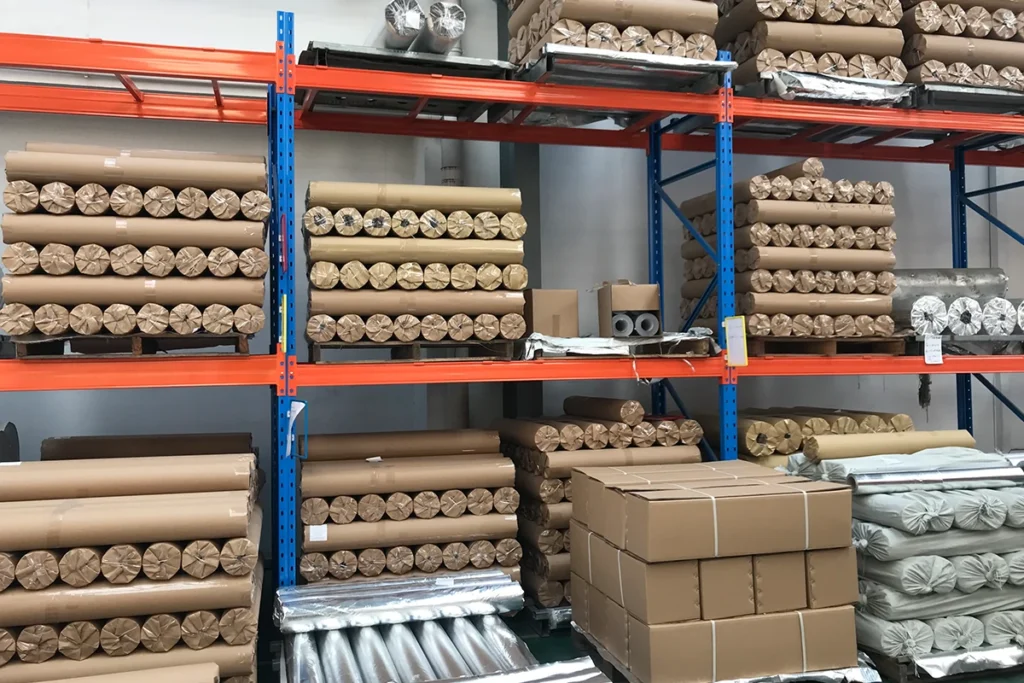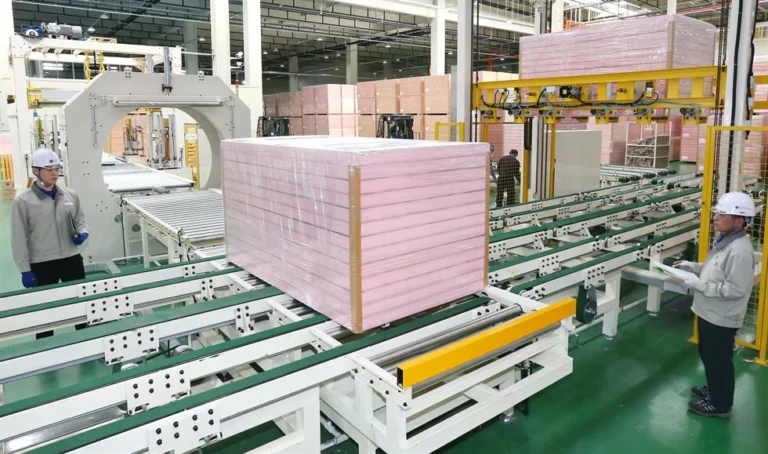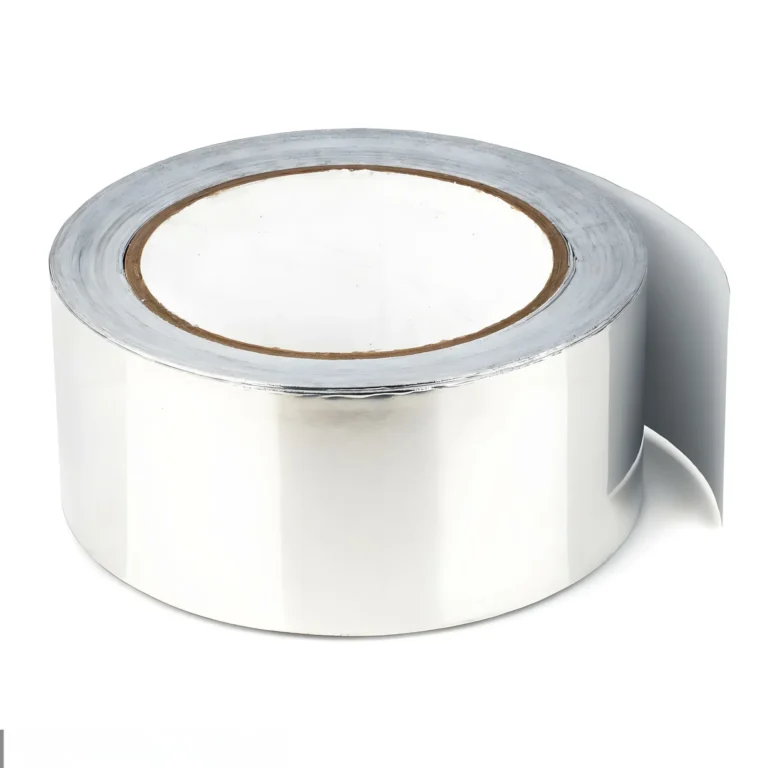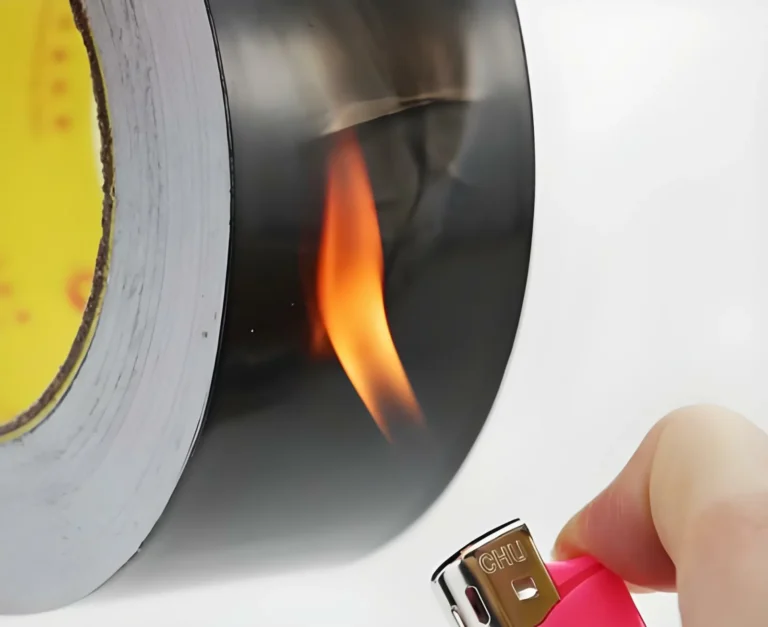Aluminized fabric stands as a testament to innovative textile technology, combining the strength of fiberglass with the reflective properties of aluminum. This unique material has earned its place as a top choice for heat insulation and fire protection, making it an essential component in various industries. Whether it’s in the form of aluminized clothing for industrial workers or as a building insulation material, its ability to resist high temperatures and reduce heat transfer is unparalleled.

Technical Parameters:
- Temperature Resistance:Aluminized fabric can withstand temperatures up to 500°F (260°C) without degradation, providing reliable protection in extreme heat environments.
- Thermal Conductivity:With a low thermal conductivity rate, aluminized fabric reflects up to 95% of radiant heat, making it an excellent insulator.
- Fire Resistance: The material meets industry standards for fire retardancy, such as ASTM E84 for flame spread and smoke development.
Definition of Aluminized Fabric
Aluminized fabric stands as a testament to innovative textile technology, combining the strength of fiberglass with the reflective properties of aluminum. This unique material has earned its place as a top choice for heat insulation and fire protection, making it an essential component in various industries. Whether it’s in the form of aluminized clothing for industrial workers or as a building insulation material, its ability to resist high temperatures and reduce heat transfer is unparalleled.
Key Characteristics:
- Heat Resistance: Aluminized fabric can endure temperatures well beyond what traditional materials can withstand, making it ideal for high-heat environments.
- Fire Retardancy: The aluminum coating acts as a barrier, significantly reducing the fabric’s flammability and making it a critical component in fire-retardant clothing.
- Insulation Efficiency:Its low thermal conductivity allows it to trap heat, providing superior insulation properties that are essential in extreme weather conditions.
Applications:
- Building Insulation:Aluminized fabric is used in construction to insulate buildings, enhancing energy efficiency by reducing heat transfer.
- Protective Clothing:In industries such as firefighting and welding, aluminized fabric is incorporated into garments to shield workers from intense heat and flames.

Learn More About: What is Aluminized Fabric?
Overview of Its Composition
Aluminized fabric is crafted through a meticulous process that integrates aluminum with a base material, typically fiberglass. This composition is what grants the fabric its remarkable heat resistance and insulative properties. The aluminum layer, which is bonded to the fiberglass substrate, acts as a reflective barrier that deflects radiant heat, making aluminized fabric an exceptional choice for thermal insulation.
Technical Insights:
- Base Material:Fiberglass is chosen for its strength and durability, providing a stable foundation for the aluminum coating.
- Aluminum Coating: The aluminum layer is applied using a precise method that ensures uniform coverage, which is crucial for maintaining the fabric’s heat-reflective qualities.
- Thickness:The thickness of the aluminum coating can vary, with thinner coatings being more flexible and thicker ones offering enhanced durability and heat resistance.
View our products: Aluminized Fabric
In essence, the composition of aluminized fabric is a harmonious blend of materials that work in tandem to create a product that is not only heat resistant but also lightweight and flexible, making it suitable for a wide range of applications, from building insulation to flame-resistant clothing.
Conclusion
Aluminized fabric’s exceptional heat resistance and fire-retardant properties make it a superior choice for insulation and protective clothing. Its widespread use in industries underscores its effectiveness and reliability in ensuring safety and energy efficiency.


